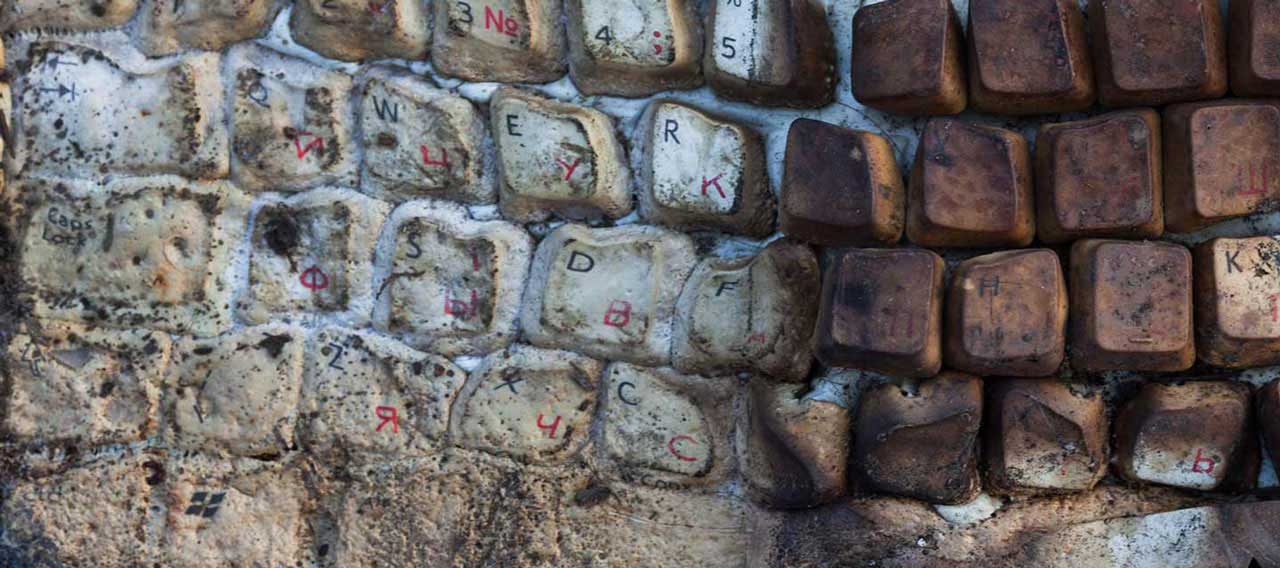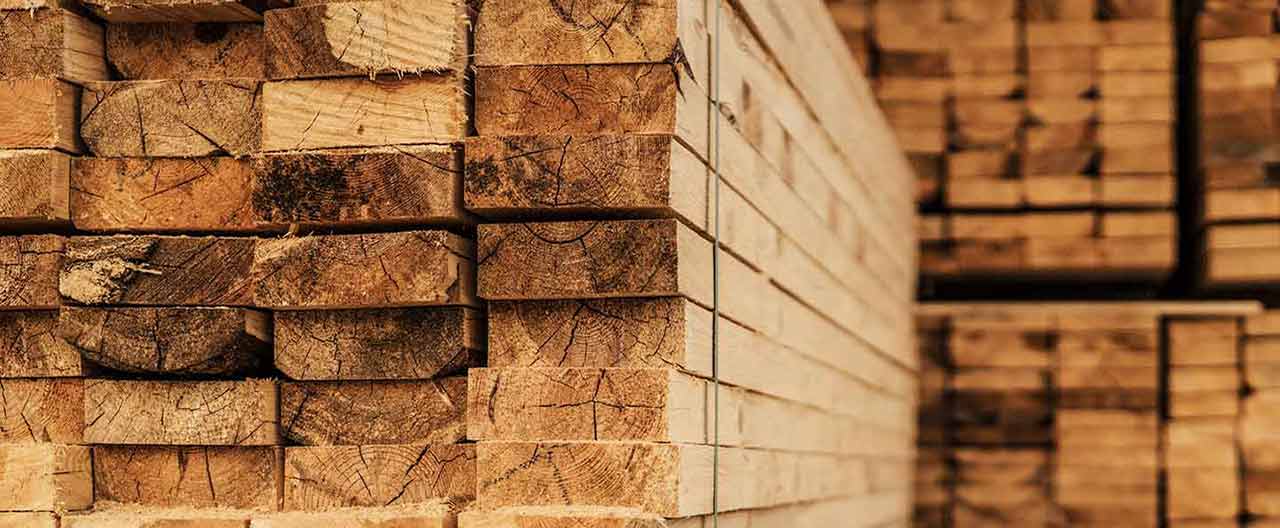Global, national, and local economies have changed dramatically in recent years as a result of the pandemic, global conflicts, and other factors. The war in Ukraine has resulted in higher fuel costs, which contributes to rising supply and transportation costs. Financing costs are also increasing as central banking systems, such as the U.S. Federal Reserve, raise interest rates. Businesses are also confronting supply chain disruptions, worker shortages, sustained inflation, and other challenges.
Increased risks from natural catastrophes
Businesses also face increased risks from severe weather and natural catastrophes caused by climate change — including wildfires, drought/heat waves, tornadoes, hurricanes, and flooding. In 2020, the U.S. saw a record 22 weather-related disasters that each caused more than $1 billion in damage, and together resulted in approximately $95 billion in losses.1 2021 saw 20 such events with a total of more than $145 billion in damages.2
Globally, catastrophic wildfires have also devastated Australia, and hurricanes and flooding have caused severe losses in Latin America and the Caribbean. The bottom line is that the frequency, severity, and diversity of weather and climate disasters is increasing.
Factors contributing to inflation
With multiple economic forces converging, the market is experiencing marked increases in the value — and the rebuilding and replacement costs — of commercial property, including buildings, fixtures, and equipment. Given this situation, now is the time to assess the value of your business property and review your insurance coverage. Notable trends that are continuing to drive inflation and raise commercial property valuations and insurance costs include:
- Decreased supplies – Lockdowns and workplace disruptions resulted in a historic supply chain crisis, including a scarcity of raw materials, component parts, building supplies, and finished goods. Shipping bottlenecks have also crimped product availability and driven up supply costs. In addition, shipping delays can lead to longer repair and replacement times, extending the duration and cost of business interruption.
- Increased demand – While supplies decreased, demand for construction increased. In 2020 and 2021, both new home purchases and home remodelling projects increased as millions of people worked from home and suspended travel. It is expected that annual growth in home renovation and repair expenditures will reach 8.6% by the second quarter of next year.3
- Tightening labor market – A shortage of skilled workers in the building trades has also contributed to increasing construction costs.
Together, these trends contribute to inflation, with construction costs increasing at an even greater rate than broad-based inflation. According to the U.S. Census Bureau, construction costs increased by 17.5% year-over-year from 2020 to 2021, with 2021 costs 23% higher than 2019.4 The cost spike from 2020 to 2021 was the greatest annual increase in a half-century.5
Inflation can vary widely from one product to another — and from one month to another. Lumber prices, for example, jumped 171% in one year, following the beginning of the COVID-19 pandemic, and hit a record high in May 2021.6 Prices subsequently fell but then increased again in late 2021 and early 2022, with lumber prices reaching about triple pre-pandemic levels.7 The overall trend is upward, though volatility remains.
Property valuation changes and insurance limits
The replacement value of a building is not its market value or what it’s worth in the current real estate market. It is the cost you will incur to rebuild or replace the property with materials of like kind and quality. Because construction costs — including rebuilding costs — have gone up, the cost to repair or replace your building has increased as well.
Furthermore, supply and labor shortages can delay construction projects. If your business needs to rebuild following a fire or other disaster, it may take extra time to reopen facilities and drive up business interruption losses. Delays can add to additional costs—for instance, if you must lease temporary office or warehouse space.
Similarly, supply chain disruptions, labor costs, and other market forces may drive up the costs of equipment and goods specific to your business. When reappraising the replacement cost of your buildings, you may want to consider the replacement costs of equipment and stock that are essential to your business.
Given recent widespread changes in property valuation, it makes sense for every business to consider getting new appraisals for the replacement value of your buildings, equipment, and stock. Work with your insurer to reassess the replacement value of your property and determine if your current property insurance limits are sufficient.
Higher property valuation will likely require you to increase the limits of your insurance coverage, resulting in premium increases – but it will also provide peace of mind knowing that, in the event of a catastrophic loss, your business has proper coverage.

Start a conversation with your broker or agent
Insurers are seeing higher claims costs because of increases in constructions costs and the frequency and severity of losses. Together, these factors may result in higher premiums for your commercial property coverage.
Consider reaching out to your broker or agent to review your commercial property insurance, as well as the stability and track record of your insurer. You may want to discuss conducting a new appraisal of the replacement value of your facilities, equipment, and stock. Look at options for raising your policy limits to adequately cover the increased costs of replacing business assets and keeping your business afloat if your operations are disrupted.
You may also want to see if your insurer provides risk engineering services to help you identify and minimize risks. You won’t have to bear the cost and disruption of rebuilding if you prevent accidents and damage in the first place.
Related coverage to consider
When property or equipment is damaged, your business may see a loss of income because your operations are disrupted. This type of loss — and related expenses — can often be covered with business interruption insurance. This type of insurance can help you recover:
- Lost revenue
- Lost rental income
- Additional expenses incurred to maintain operations, such as relocation costs
- Payroll
If you already have business interruption coverage, you may want to review your policy in light of increased costs and delays associated with rebuilding facilities and replacing equipment.
1 https://www.noaa.gov/stories/record-number-of-billion-dollar-disasters-struck-us-in-2020
3 https://www.jchs.harvard.edu/research-areas/remodeling/lira
4 https://www.nbcdfw.com/news/local/construction-costs-hit-highest-spike-in-50-years/2891677
5 https://www.levelset.com/news/construction-costs-spike-can-contractors-fight-effects/
Insights and expertise








This document is advisory in nature and is offered as a resource to be used together with your professional insurance advisors in maintaining a loss prevention program. It is an overview only, and is not intended as a substitute for consultation with your insurance broker, or for legal, engineering or other professional advice.
Chubb is the marketing name used to refer to subsidiaries of Chubb Limited providing insurance and related services. For a list of these subsidiaries, please visit our website at www.chubb.com. Insurance provided by ACE American Insurance Company and its U.S. based Chubb underwriting company affiliates. All products may not be available in all states. This communication contains product summaries only. Coverage is subject to the language of the policies as actually issued. Surplus lines insurance sold only through licensed surplus lines producers. Chubb, 202 Hall's Mill Road, Whitehouse Station, NJ 08889-1600.










